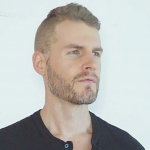
2021 ADVANCED Facebook Targeting Guide
Welcome back to the Advanced Facebook Targeting course, where I can show you everything I’ve done to scale a business past 600,000 in revenue from about $100,000 in ad spend.
This course is advanced Facebook ad targeting, which is ironic because if you understand Facebook targeting, you can scale really far using chimpanzee-level tactics.
This guide will show you the whole nine yards and everything I’ve done to scale. In addition, it will show you everything I think you should do and will get you a little less confused about scaling ads.
Going from $50 to $100 a day, $500 to $1000 daily, isn’t too tricky.
Let’s Talk About Facebook Targeting
Facebook targeting is not about knowing the technical details and hoopla. I see people trying to sell their Facebook ads services are trying to complicate everything. They optimize the demographics, including weird little habits like having 50 different ad sets targeting the same campaign.
Understand this; if you’re complicating your ads, you’re being stupid. And I’m not saying that to insult anybody with a Ph.D. in complications of ads.
When you’re complicating ads, you’re trying to make an ad that doesn’t work.
Nobody that’s ever had an ad that was a homerun was like, “you know what I need to do is create 50 different ad sets targeting the same audience so that the algorithm will do this weird thing.”
That’s not how it works.
I’ve had ads that generate 10x ROI, and we used the most basic kindergarten targeting you could possibly imagine.
The reason is that Facebook ads are more about understanding how you’re reaching audiences, what’s going on in the background, and how the audience changes as you scale upward.
Most people’s ads become broken because they try to do complicated stuff that never works in the long term anyway. So there’s no point in doing it.
To create your ads, you first need to understand what’s happening.
You need to break down your targeting to the two main types of audiences on Facebook.
You want to focus on interest-based targeting and lookalike audiences.
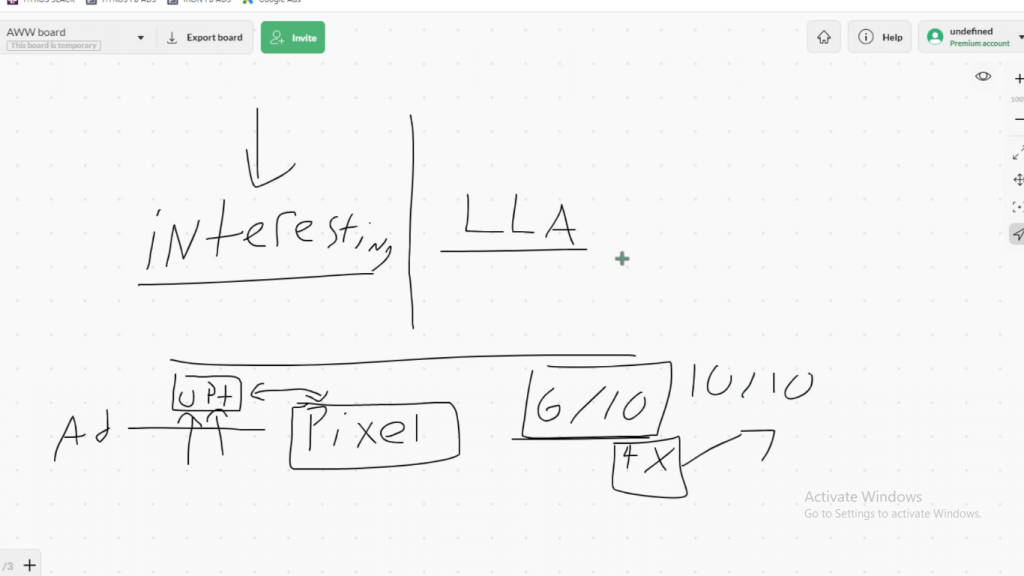
With interest-based targeting, I’m not going to dive too deep into picking your first audience, this is an advanced course, and that type of targeting is based on interests.
With lookalike audiences, you will generate those based on data collected from people visiting your website who opt-in to buy stuff. To capture your audience data, you’ll use pixels on your site, and when someone opts-in, Facebook will collect the data and create a lookalike.
Facebook will infer that your audience looks like this type of person; they have this type of interest, demographic, gender, yada yada. And then Facebook will say to you, “this is the type of opt-in,” which you’ll use to further farm and target to better your ROI.
This strategy is more effective than targeting customers that bought from you. When you target a sale, Facebook will miss a lot of sales. If it catches 60% of your sales, it won’t mark these customers as targets. In other words, it’s going to avoid some people it should be targeting.
Facebook Graduating
My strategy for scaling Facebook targeting is what I call “Facebook graduating.”
It’s a strategy in three steps.
The first thing you’ll do is start with base audiences. Your pixel will not be trained, and I don’t want you to lose your mind over the pixel. I’ve had ad accounts where I don’t use any targeting or an untrained pixel and get the same results as a trained pixel.
Base audiences are just interest audiences; for this sake, I’m going to be using base audiences. So we’ll send this fishing rod out into the cold pond of predetermined audiences. So interest-based would be people that like Shopify or Tony Robbins.
At this point in time, we’re going to be feeding the pixel and gathering data. So imagine that we’re running a webinar with lead gen, and we’re sending people to an opt-in.
They put their information on the thank you page. So we’re going to start to build an audience of, say, 100 people, and we’re going to create a lookalike audience that transitions to a tight lookalike audience.
This lookalike audience would be 1% lookalike audiences. Facebook would create an audience of a million people resembling those who already opted-in.
You may want more, but you need 100 people to start your lookalike audience.
What we’re going to do now is use this 1% audience that looks like the people who already opted-in and goes a little broader in our targeting. So we’ll have tons of data, buyers, and phone calls. We’ll have tons of options.
Of course, our best lookalike audiences will be buyers. At this point, we’ll train our pixels to be more accurate, so we make these 2% audiences, then 3% audiences, and so on.
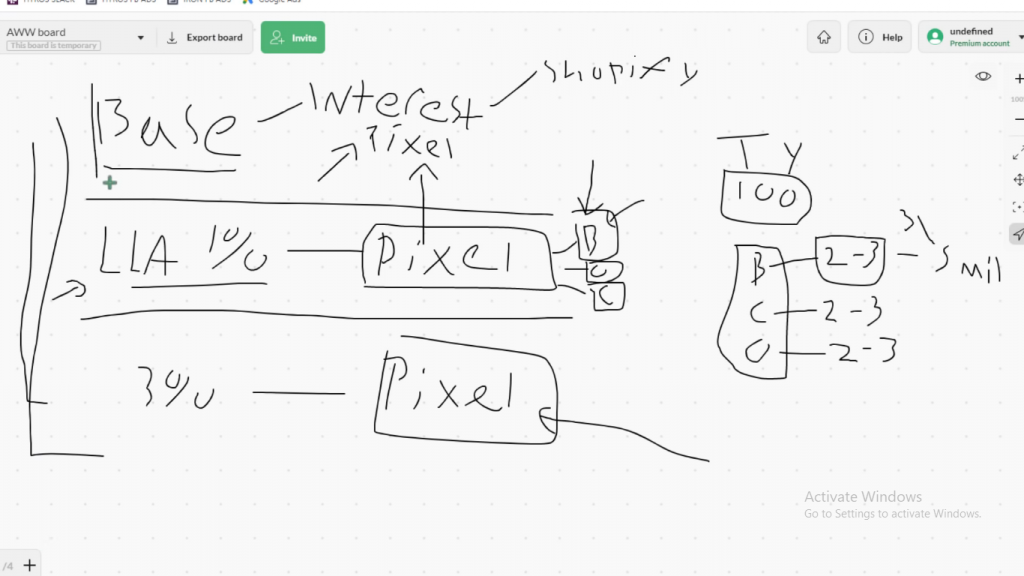
Once you get to a 3% audience, you’re dealing with 5 million people or somewhere between 3-5 million. That’s more than enough to get you to the goal of $5000 a day ad spend. As we continue to do this, the pixel is collecting more and more data, and you will want to analyze and optimize it for buyers, not opt-ins.
Opt-Ins Versus Buyers
Opt-ins aren’t good to optimize because people who opt in are looking for freebies versus people looking to buy.
As we increase our lookalike audiences, we can use the pixels to continue to grow our audiences, and that’s the point where you should be able to make some pretty decent money.
At this point, you should be testing and reckless. Once you get 100 people and you want to get a 3% audience, go for it. Part of being an advanced Facebook ad winner is willing to test things and lose a little bit of money upfront.
We don’t need to go as broad as at Hyros, and we don’t need to do this in some niches. But we’ll have a trained pixel, and if we use accurate tracking, such as at Hyros, we pass data back to the pixel so that the AI can be 10x smarter than Facebook tracking.
This is what I mean by Facebook graduating. It’s the type of targeting you want to use.
We have the base audiences we can use and always stick to our 1% lookalike audience. We can also use our 3% audiences–you don’t need to kill these as you grow.
The thing is, base audiences can be somewhat hard to scale because they’re a little less targeted. But as your pixel becomes more trained, you can use all of these audiences pretty efficiently.
Ads fail because people are stupid. They overcomplicate things. If you have $100 a day and move to $1000 a day in ad spend, a lookalike audience of around 1% is about a million people.
What happens when people start scaling their ads, they think that their hitting ad fatigue or some mystical beast that is requiring more complicated things to do with their ads because they are getting great conversions or CPLs per opt-in at $100 a day, but when scaled to $1000 it all goes to hell.
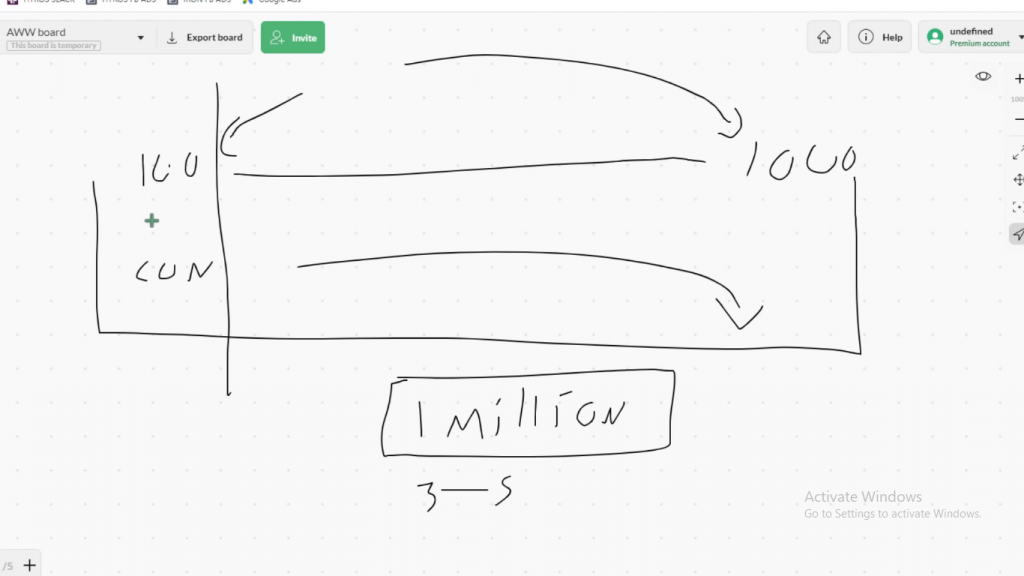
The reason is that when you scale, Facebook is micro-targeting your audience, taking your targeting to the baby level that is easy to convert.
But as your ad spend grows, start targeting more broadly if you want to scale. At this point, you must understand the market size and the size of your product offering.
Think about the difficulty of converting people as you think about scaling your Facebook ads but don’t get fooled that once you start scaling from $100 to $1000 a day, your numbers start to increase. But when your conversions remain stuck, it’s not ad fatigue. It’s that you’ve overcomplicated things, and your ad sucks.
In my mastermind iron, whenever I’m working with people whose ads are dying on Facebook or YoutTube, it’s not because of the audience but the ads and the offers. They must reposition their offer and restructure their ad to work with a broader audience. They need to work more with micro audiences if they have a high ticket offer.
You need to understand that as you’re doing this, Facebook has to expand your targets, and your numbers will increase if your ads aren’t good enough. If your offer is not positioned well, that will destroy it also.
Targeting Super High-End Customers
There are two types of targets you’ll want to use on Facebook. The first is B2B and the second is super high ticket call-based targeting.
There will be more mass targeting like eCommerce and mass marketing info offers.
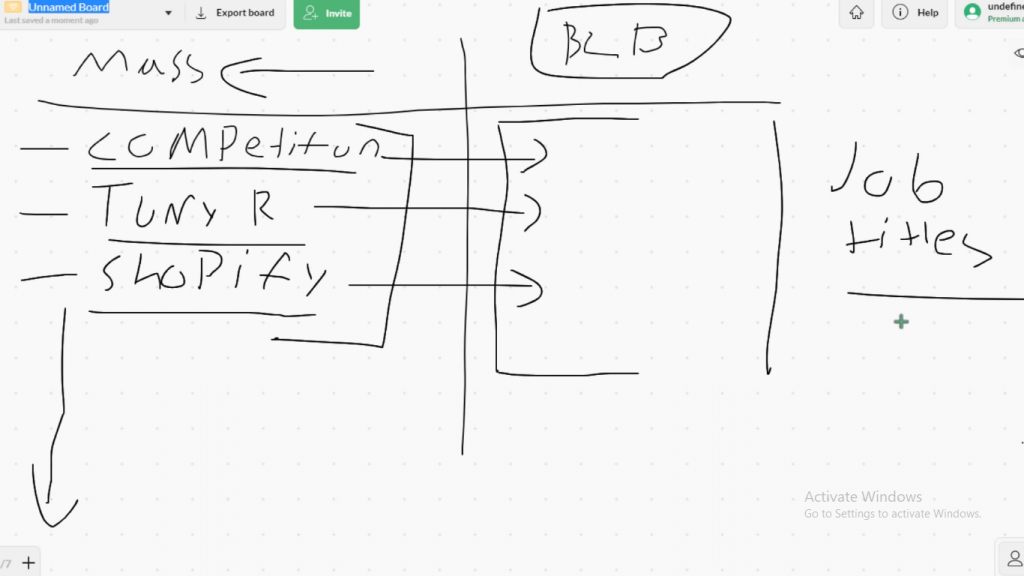
With mass marketing audiences, you will want to target your competitors if you can find them. So, for example, if you’re selling software that helps people with their business like Salesforce, you will want to target similar brands.
You would target your competitor and use the tools that represent people’s interest in those categories. Next, you would target people with titles or jobs similar to those your competitor may be targeting, like a CEO or other decision-maker.
Layer your targeting with titles and job positions, and also consider targeting admins of Facebook groups that will typically be entrepreneurs and business owners.
For e-commerce, you’ll want to optimize for the quick sale, but with webinars and call funnels, you’ll want to split-test it while optimizing for the call.
One thing if you’re running a webinar or call funnel, and I’ve seen it happen countless times, is that I think you’re crazy if you’re running an ad without proper tracking. I can get numerous cheap calls, but if I use my Hyros data–this guide isn’t about pushing Hyros on you–but if I use my Hyros data, I can track my ad and get higher-priced calls, which is my goal.
Instead, you need to implement tracking for higher-priced calls, and the way to do that is to optimize your Facebook ads and targeting.
Look, at this point, I can’t emphasize enough how vital tracking is with Facebook ad targeting. You need to utilize tracking both for your AI and to make your scaling decisions. So, if you’re serious about running ads, just book a Hyros consultation, get massive tracking results, and make your ads more profitable.
The consultation is free, you don’t have to pay anything, and you have a 90-day guarantee that if you don’t see results at scale, you don’t pay. So go and book your free consultation right now. The worst thing that can happen is you have to make ad decisions; there’s zero risk.
HYROS TRACKING
If you are interested in obtaining the same stats I showed in this video and even having us help you set this up GO HERE to get more information on HYROS.
Ad Training and Tactics
While I do not sell courses, I do offer a private coaching program where I train people on the ad strategies I have used to build multiple 8 figure and 7 figures businesses. You can get more details on that HERE.
HYROS Facebook Group
It’s really simple. This group is the best media buyer Facebook group online because we make sure that every member is spending significant ad spend before joining. It’s for veteran ad buyers only and because of that the networking/information being shared is on another level. You can apply to join HERE
Here Are Some Other Post You Will Enjoy
Using AI + Print Tracking Is The Ultimate Scaling Edge In 2020-2021
My Top 3 Highest Converting Youtube Ads Of All Time
The Highest Converting Ad Opt In Existence
